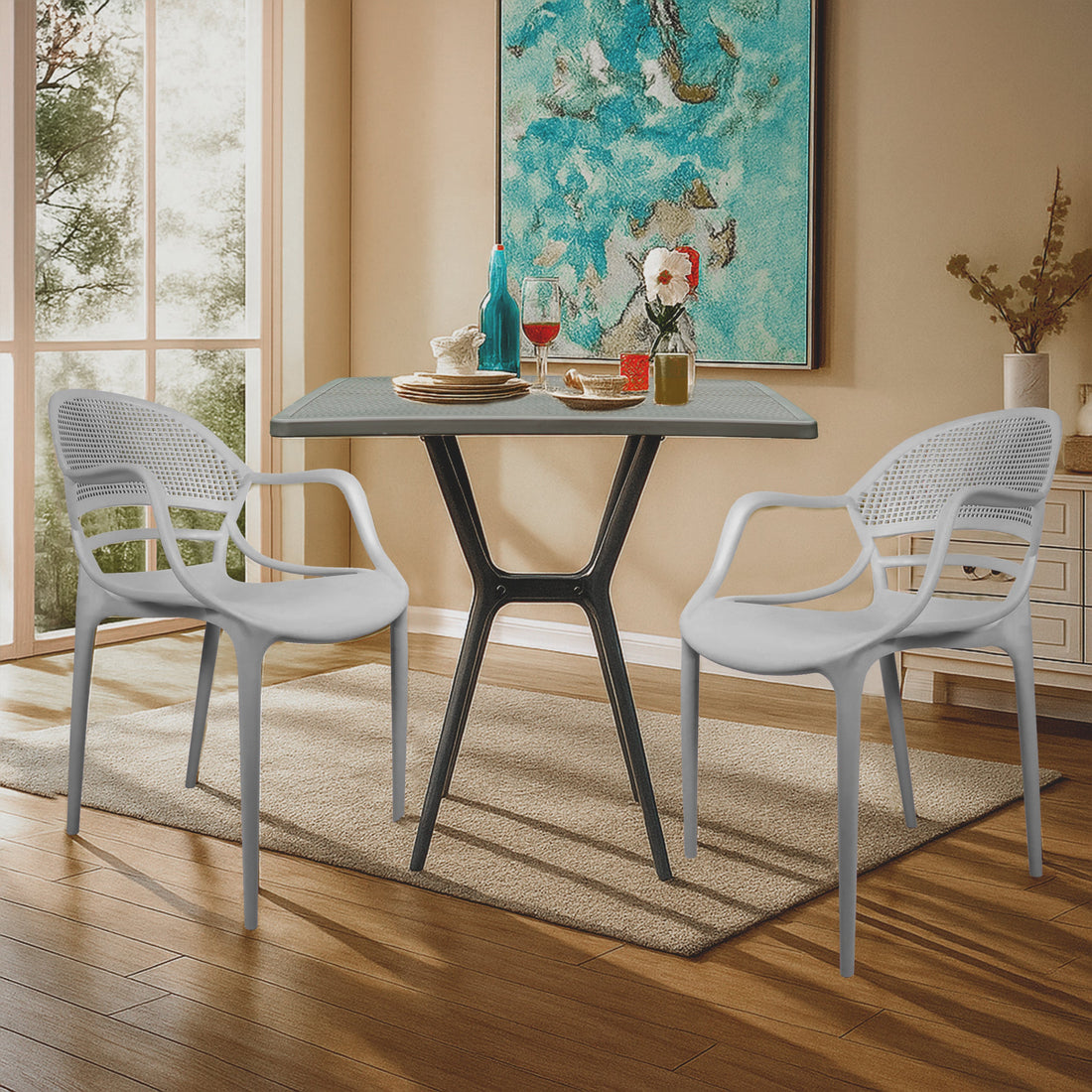
Techniques for the layouts of seats that Enhance Customer Flow and Satisfaction
Share
In the competitive business world today, designing an effective the layouts of the seats is key to improving customer experience and operational effectiveness. Whether restaurant, cafe, waiting room, or feature a walked a well-organized the of the seats is crucial in facilitating smooth customer flow and achieving highest level of contentment. This article discusses effective seating rules of agreements that allow companies to to to maximize space use while creating a comfortable, structured environment.
1. Know Customer Behaviour and Needs
Step one to building an effective seating plan is having knowledge of customer behaviour. Different business layouts attract different types of customers. Cafes, for example, have small groups or solo customers seeking casual meetings or solo work sessions, while restaurants would expect families or large parties. By understanding customer patterns, businesses can allocate space dividing each seat separately in an effective way, communal tables, and leisure spaces.

2. Maximize Space Usage
Good space usage is crucial in preventing overcrowding or empty space. Purposeful planning means that each square meter is devoted to function without compromising on comfort. Modular furniture like wheeled tables and stack able Chairs allow businesses to to reconfigure based on peak hours or marketing campaigns. Suitable aisle space between tables improves navigation, preventing congestion and empowering workers to serve customers on time.
3. Zoning for Functionality
Zoning of the seating plan is a good means of raising client contentment and efficiency of operations. By creating designated areas, like higher too
peaceful areas for solo work, casual dining areas, and bigger-companies, and group areas cater to an selection of preferences of customers. Zoning is beneficial. regulate noise levels and create a structured environment, so the place seems more comfortable and better organized.
4. Offer Accessibility and Safety

Available standards compliance is not just about law but client contentment. Seating configurations need to provide ease of movement of people with impairments over the course of a suitable aisle space and reserved seats. Safety factors, like higher too
The simple evacuation of customers and compliance with fire safety regulations, have been important elements in the design of the layout to ensures environment for all.
5. Adopt Visual and Physical Comfort
Visual comfort is a key driver of client contentment. Lighting from natural illumination and appropriate artificial lighting creates Cozy environment. Even furniture comes into play; ergonomically designed chairs and tables provided
physical comfort, which results in customers lingering longer and coming back often. The colors scheme, material, and the layout of the place should promote a positive ambiance in line with the image of the brand.
6. Use Technology for Smart Layouts
Modern companies rely more and more on technology controls. Automated reservation systems in addition to real-time occupancy tracking help manage precautions in addition to avoiding overcrowding. Some sophisticated layouts make advantage of heat maps to analyse movement patterns, providing feedback for future layout changes.
7. Regular Review and Adjustment

Customer preferences and business needs evolve with time. Regular scrutiny of the seating plan and customer feedback ensures that businesses are kept up to what is necessary. Periodic alterations, like higher too
the occasional restocking of furniture or redecoration, maintain the place operational, attractive, and supportive of client contentment.
Properly planned seating is part of fine-tuning customer experience and business effectiveness. Through early attention to space management, convenience, ease of access, and zoning, and incorporating technology, businesses can improve customer flow and a great of contentment. Investing the time and effort in planning seating layouts is not merely a cosmetic decision—it has direct implications on improved service, customer retention, and ultimate success.
